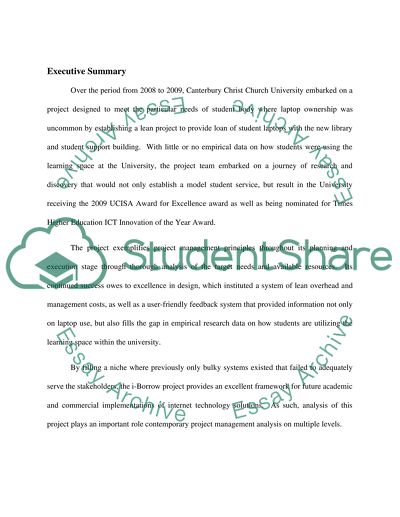Cite this document
(“Project management (a report about a project called i-borrow) Essay”, n.d.)
Retrieved from https://studentshare.org/environmental-studies/1418315-project-management-a-report-about-a-project-called
Retrieved from https://studentshare.org/environmental-studies/1418315-project-management-a-report-about-a-project-called
(Project Management (a Report about a Project Called I-Borrow) Essay)
https://studentshare.org/environmental-studies/1418315-project-management-a-report-about-a-project-called.
https://studentshare.org/environmental-studies/1418315-project-management-a-report-about-a-project-called.
“Project Management (a Report about a Project Called I-Borrow) Essay”, n.d. https://studentshare.org/environmental-studies/1418315-project-management-a-report-about-a-project-called.


